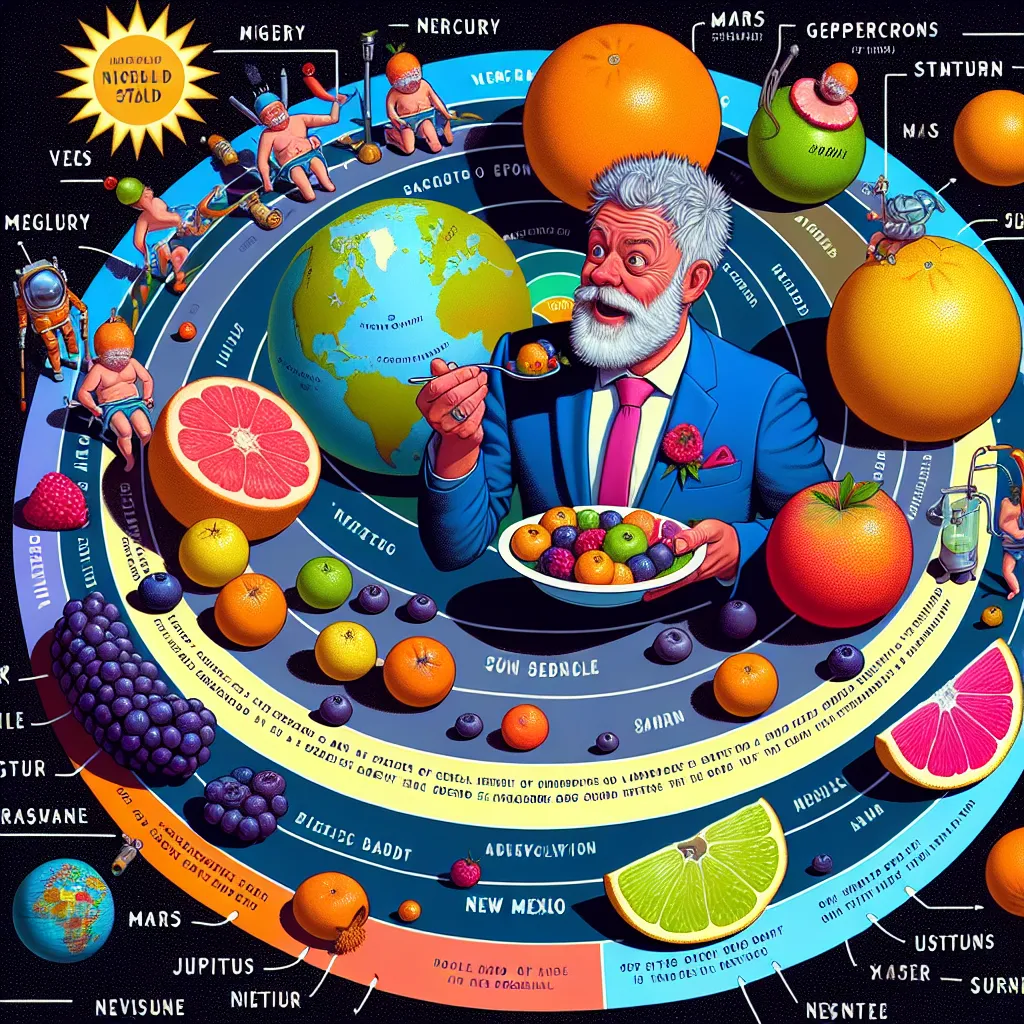Imagine waking up one morning to discover that the rules you thought governed our physical world are being quietly rewritten—sometimes right under our noses, sometimes deep in a lab or at the edge of a blackboard filled with equations. That’s how it feels to explore the materials science frontier, where impossible has a way of becoming possible. In the next few minutes, let me tell you about six materials that don’t just stretch the boundaries—they outright defy what many of us grew up thinking was set in stone by physics textbooks.
Have you ever wished for an invisibility cloak like something out of fantasy? That concept is inching closer to reality thanks to metamaterials—engineered substances that manipulate light and electromagnetic waves in ways conventional materials can’t. Instead of interacting with light in the usual way (like bending a straw in water), these structures can actually steer light around an object, making it seem like it isn’t there at all. The first time I heard about negative refraction—the idea that light could bend backward—I had to read the paper twice. It sounded like magic, but it’s really a precise orchestration of structure at the nanoscale. Can you picture satellites or planes vanishing from radar, not by clever camouflage but by truly bending waves around themselves? That’s the power we’re talking about here.
Now, peer down at the sidewalk or the floor beneath you. Concrete is everywhere, yet it’s notorious for cracking and crumbling over time. But what if concrete could heal itself, just like skin knits up after a cut? Self-healing concrete incorporates living bacteria or special polymers that lie dormant until a crack forms and water seeps in. The bacteria wake up, gobble up nutrients, and deposit limestone, sealing the gap. Some versions use microcapsules filled with glue-like substances that burst and fill cracks automatically. The potential impact is massive. Imagine bridges and buildings that quietly repair themselves, reducing repair bills and, more importantly, keeping us all safer. The concept sounds futuristic, but some roads and tunnels are already testing self-healing formulations.
“Look deep into nature, and then you will understand everything better.” – Albert Einstein
Switching gears, think about matter that isn’t locked into a single role, but can be programmed—shapeshifting on demand. Programmable matter is like LEGO bricks that rearrange themselves into whatever tool you need—a chair, a lever, a drone. On a microscopic level, these substances use modular units—sometimes called voxels or catoms—that respond to signals, altering their arrangement, shape, and even function. The implications are wild. Imagine smart devices that morph to fit your hand, or medical tools that reshape themselves inside the body. I find it hard not to get excited about how this blurs the line between material and machine: are we looking at the next evolution of robotics, or the birth of a brand new state of matter?
Take a moment to imagine a material that’s an insulator inside but a perfect conductor on its surface. That’s not science fiction—that’s a topological insulator. Electrons inside these materials are stuck, unable to move, but on the edges or surface, they speed along with zero resistance. The math behind this involves some of the most beautiful topology known to physics—think of twisting a pretzel but in many dimensions. Scientists are chasing these materials for next-generation electronics, because no resistance means less heat and more efficiency. What fascinates me most is how these materials respond to impurities: most conductors get sluggish or fail when dirty, but the surface states in topological insulators are robust, protected by the laws of quantum mechanics themselves.
“Science is a way of thinking much more than it is a body of knowledge.” – Carl Sagan
Let’s talk about friction, that invisible force responsible for everything from car tires gripping the road to wear and tear in engines. What if you could design a material where friction practically vanishes? Scientists have done exactly that, creating surfaces with atomic-level perfection so that there’s almost nothing for atoms to grab onto as they slide by. Some of these frictionless materials use two-dimensional layers, so slippery that they redefine what it means to move smoothly. The applications are almost too numerous to list: energy savings in machinery, super-fast computer memory, even cleaner manufacturing. The biggest surprise? At this scale, friction isn’t just about roughness—it’s about quantum forces, electron clouds, and occasionally, a sprinkle of luck.
Have you ever wondered if electrons could be persuaded to behave like a mysterious fluid, refusing to settle down even at frigid temperatures? That’s the realm of quantum spin liquids, an exotic state of matter where the magnetic moments of electrons—imagine little bar magnets—never align, no matter how cold it gets. Instead, they dance in a constant state of entanglement, defying the usual order found in solids, liquids, or gases. Why does this matter? These entangled states might hold the key to truly robust quantum computers, machines that could solve problems far beyond the reach of today’s silicon chips. What truly puzzles researchers is how this continuous entanglement survives disturbance, hinting at unknown principles at work in the quantum world.
“The most beautiful experience we can have is the mysterious. It is the fundamental emotion that stands at the cradle of true art and true science.” – Albert Einstein
Every time a new material like these is discovered (or invented), I find myself asking: did we just break a law of physics, or uncover a loophole we never saw before? Take metamaterials. The fact that we can design something to perform a feat nature doesn’t offer—like negative refraction or the illusion of invisibility—forces us to rethink what’s actually possible. In the case of self-healing concrete, we’re witnessing the fusion of biology and engineering, two disciplines that, for most of history, lived in separate worlds. Now, a handful of microbes or a smart polymer can provide more resilience than centuries of improved cement recipes.
The idea of programmable matter brings up a tantalizing question: what if the future of manufacturing isn’t about creating parts and assembling them, but about instructing matter to assemble itself according to your wishes? Think about disaster zones or space exploration, where bringing heavy equipment is impractical—what if you could send a bag of programmable dust, and have it build whatever’s needed on-site? That’s where visionaries in the field are aiming.
For topological insulators, the strange beauty isn’t just in their properties, but in how they force us to revisit the mathematics of nature’s symmetries and boundaries. It’s as though, at the edge of every material, a new world opens up, guided by rules that work outside and in, separately. With frictionless surfaces, the fact that removing a “simple” annoyance like friction demands such precise atomic engineering is a reminder of just how complex and wonderful the microscopic world can be.
Quantum spin liquids really take the cake for weirdness. Here’s a material that doesn’t settle, can’t be pinned down, and yet is held together by the most intricate quantum choreography. The prospect that these states could make quantum computers more robust is tantalizing, especially if you’ve seen how easy it is for current quantum bits to fall apart when jostled by their surroundings.
As you read about these materials, you might sense an emerging theme: the line between the natural and the engineered is vanishing. We’re learning to design and manipulate matter based not only on its composition, but on its structure at every scale, from atoms up. What might once have seemed like tricks or curiosities—like the misdirection of a magician—are turning into new technologies.
I often think about the implications for our everyday lives. Will buildings grown from self-healing concrete last for centuries, changing city skylines forever? Will invisible vehicles become the new standard for military stealth? Could quantum spin liquids eventually sit at the heart of computers far more powerful than anything in use today? Or will programmable matter mean we own fewer, but vastly more useful, objects—one “thing” that can become many as our needs change?
Questions like these keep materials scientists up at night. The pace at which these materials leap from curiosity to application is faster than many suspect. It shows that matter, like the universe itself, is far more flexible than we ever imagined.
So the next time you hold your smartphone, cross a bridge, or flip a light switch, consider the hidden world of materials quietly waiting for their moment to surprise us. The marvels I’ve described here are more than fascinating—they’re signposts pointing toward a future where the impossible bends, cracks, or slides just enough to become routine. And that, I suspect, is only the beginning.
“Somewhere, something incredible is waiting to be known.” – Carl Sagan






